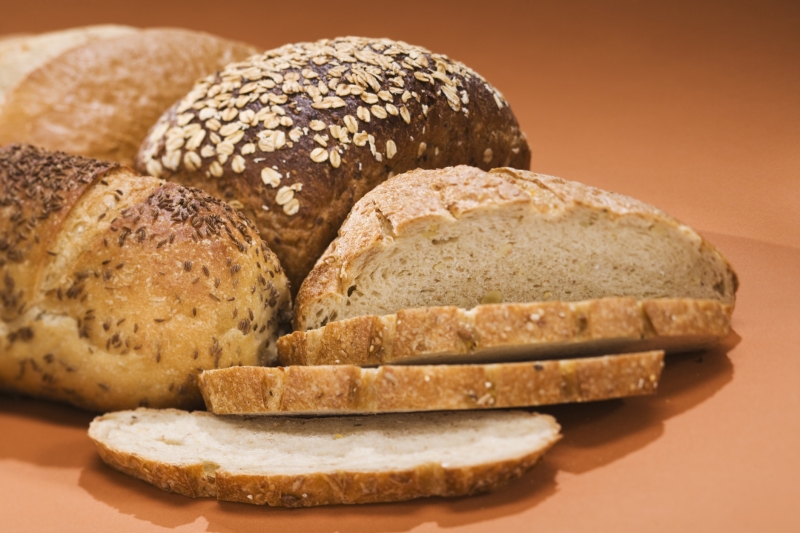
What is Gluten Intolerance?
Gluten intolerance describes a condition where there is an intolerance to gluten products. An intolerance is one that will not trigger an immune response, however, will present with digestive symptoms such as:
- Flatulence
- Abdominal pain
- Abdominal distension
- Diarrhea
Gluten intolerance differs to coeliac disease. Unlike coeliac disease, it may not have a genetic component, there is minimal risk of malnourishment and it does not trigger an immune response. The symptoms of gluten intolerance are typically transient and not long term; once the gluten is out of the system, the symptoms will be alleviated.
Gluten intolerance is also thought not to cause permanent intestinal damage as can be seen in coeliac disease. If not treated correctly, coeliac disease can cause long term intestinal damage and malnutrition. It is therefore very important for a person to be diagnosed correctly.
A simple visit to a naturopath or nutritionist can aid in diagnosis and treatment.
How to treat gluten intolerance
The best way to treat gluten intolerance is to be on a gluten free diet. This diet is similar to the coeliac disease diet, however, most people with gluten intolerance can manage with a small amount of gluten in their diet. The amount of gluten that the individual is able to cope with is subjective and this amount should be determined on an individual basis.
A gluten free diet should consider the following factors:
- Avoidance of oats, wheat, barley and rye. Kamut and spelt also contain the gluten protein. Many dispute whether oats need to be avoided. Many people with gluten intolerance are able to manage with oats.
- Often processed foods are high in wheat flour. It is important to check the ingredients of foods such as ice cream, salad dressings, cakes, biscuits and crisps.
- Wheat starch is commonly used as a binding agent. It is therefore important to check for this in the ingredients.
Living with gluten intolerance
The awareness of gluten intolerance within the population is on the increase. The amount of people diagnosed with gluten intolerance is also growing. This has led the food industry to develop and to increase the volume of gluten free products on the market. This has led to a variety of gluten free products being more widely accessible, thus making it is less difficult for the consumer who is on a gluten free diet. However, for those who are just starting out, it can still be challenging at times.
It is important to be a gluten detective. This means thoroughly reading the ingredient information of the food labels of products. Gluten containing ingredients are present in many processed foods and gluten that may be present in one brand of food may not be present in another. A qualified nutritionist or naturopath can help one learn how to interpret food labels. After a while, scanning food labels will become second nature and determining which products are gluten free becomes easier.
Recent improvements to food labeling laws are making it easier for the consumer to find gluten free products. According to the FSANZ (Food Standards Australia and New Zealand), ‘a declaration of allergenic substances is required if present in the food (as these may cause allergic reactions in some people)’. This includes foods containing gluten and their products. A Nutrition Information Panel must be provided and gluten products must be explicitly labeled ‘gluten free’ only if there are no detectable gluten ingredients.
It is important to note that gluten ingredients can also be present in medication and supplements. It is vital therefore, to check with your pharmacist, doctor, nutritionist or naturopath on gluten free versions.
In summary, people with gluten intolerances can uphold a healthy lifestyle through maintaining a gluten free diet. This diet can include a small amount of gluten, depending on an individual’s tolerance levels. It is important to read food labels carefully and follow a balanced diet. This consists of:
- A variety of fruits and vegetables
- Legumes
- Fish, meat and poultry
- Eggs
- Nuts and seeds
- Milk, yoghurt and cheese
|
Do you have a natural health & wellness business? |









